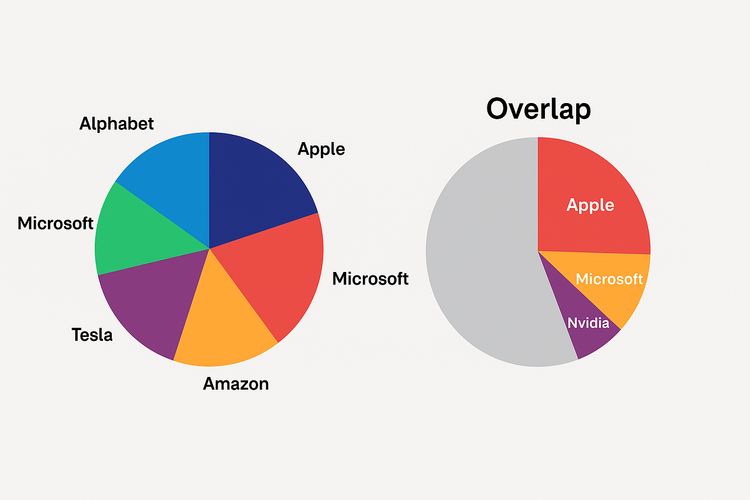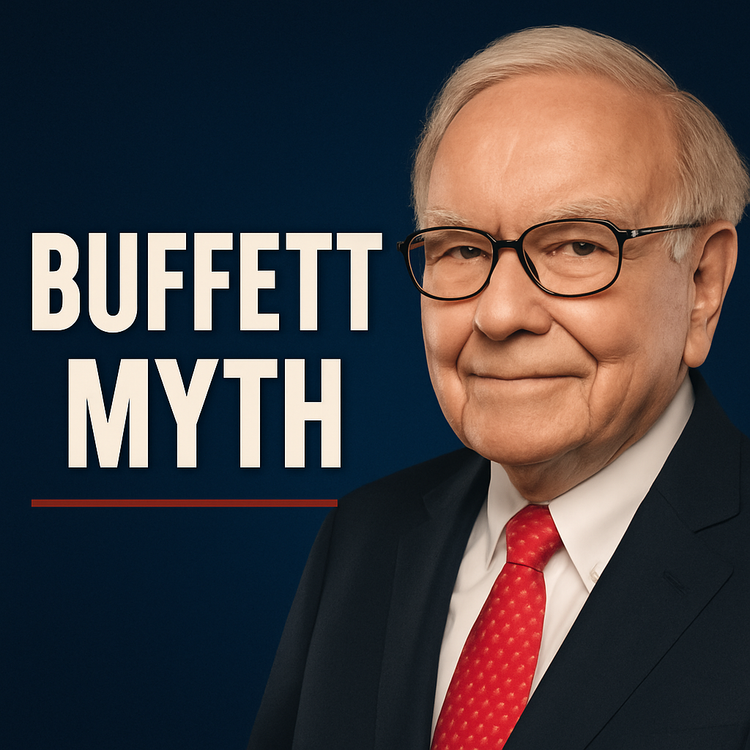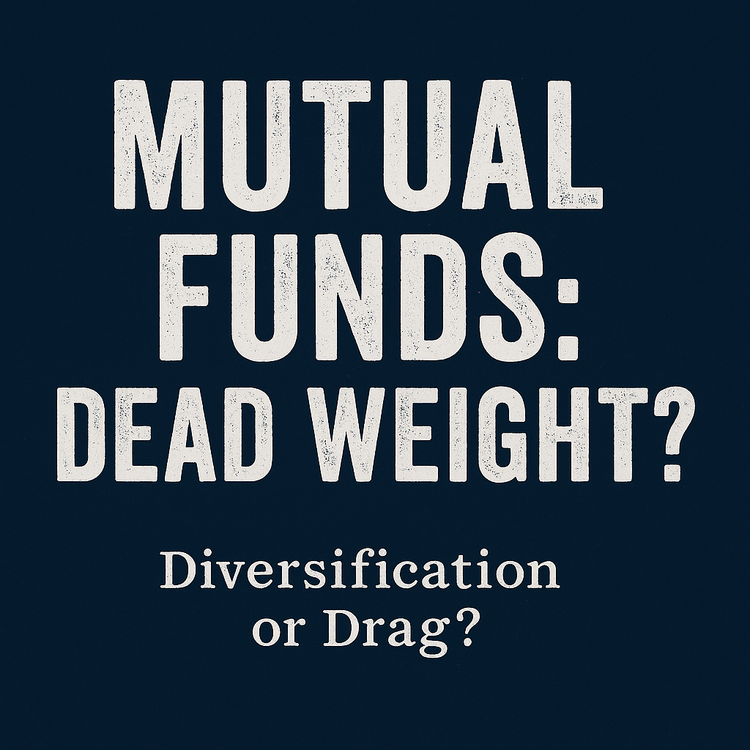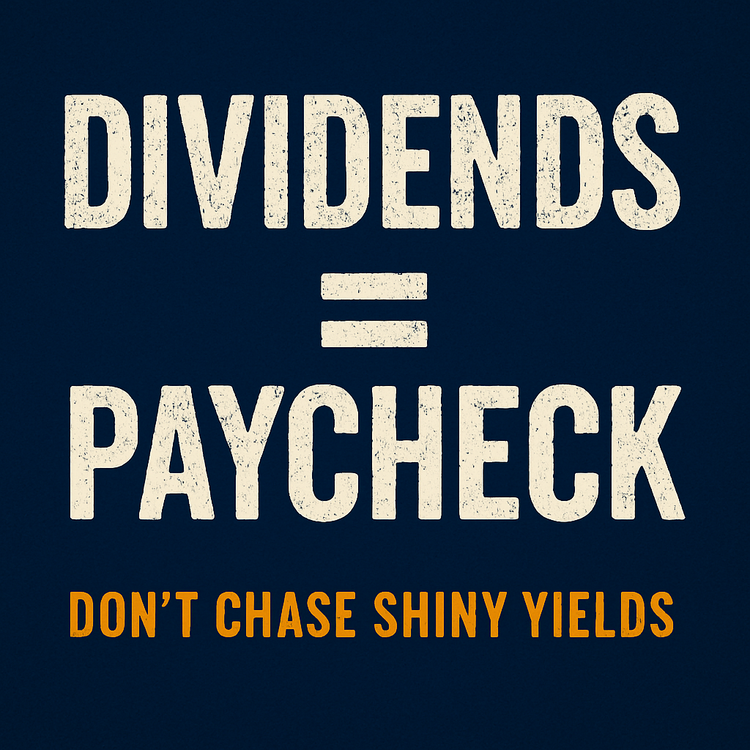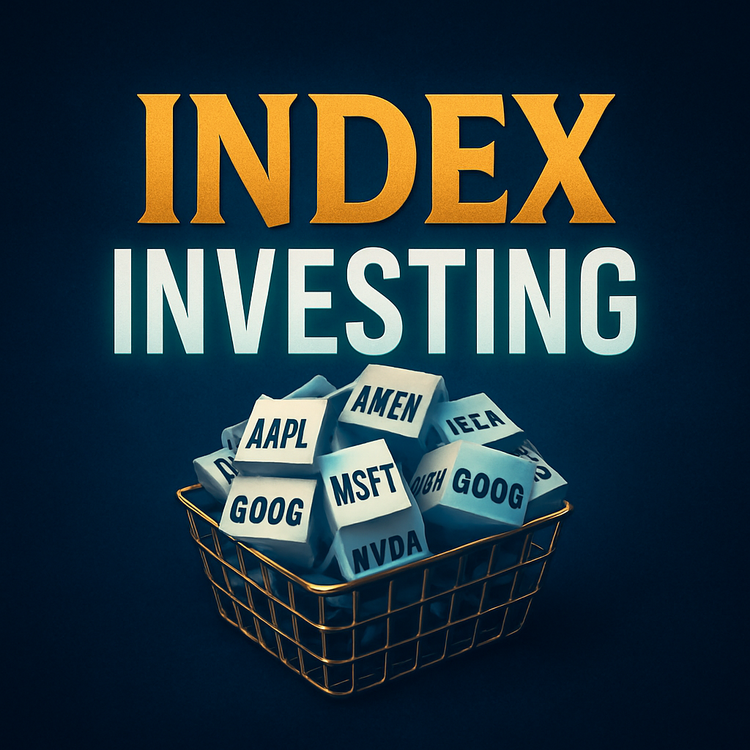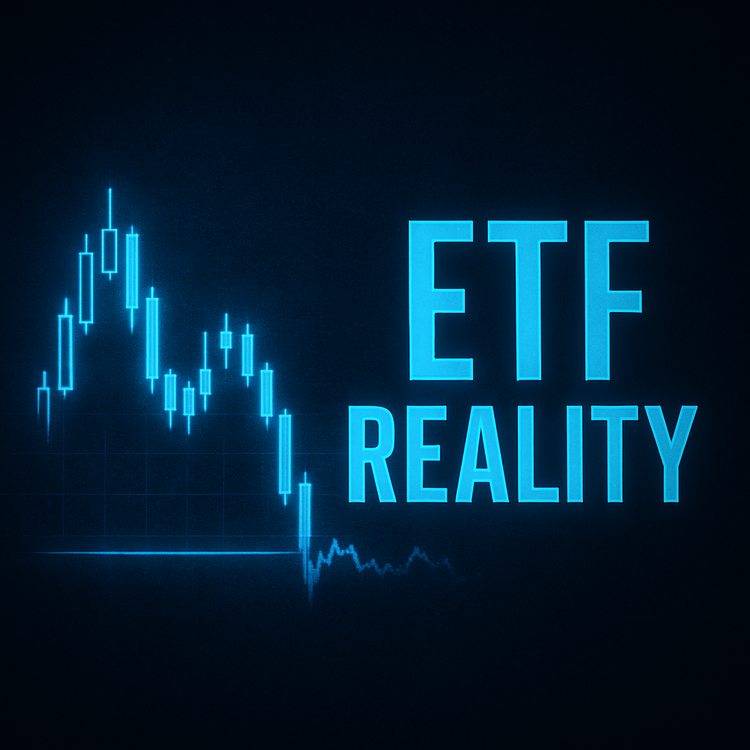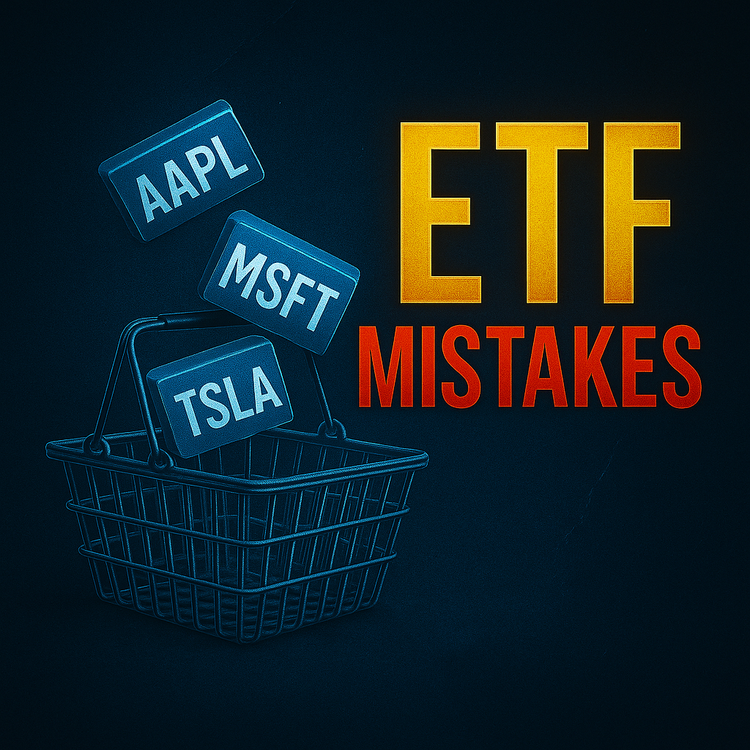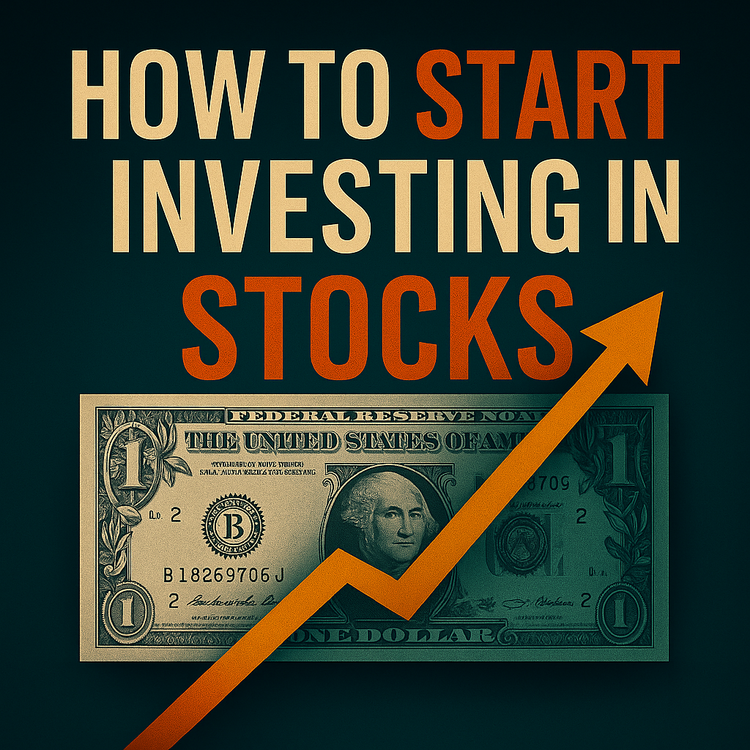How ETFs Hide Concentration Risk — And Why It Matters
ETFs promise easy diversification—but overlapping holdings can leave you heavily exposed to the same few mega-caps. Here’s how concentration risk sneaks in, and what you can do to fix it.
The Buffett Myth: Why His Playbook Won’t Make You Rich
Buffett's public tips won't replicate his success. His real advantages—massive float, exclusive access, institutional scale—aren't available to retail investors.
Mutual Funds Today: Diversification or Dead Weight?
Mutual funds promise diversification and professional management, but most lag the market. Here’s where they still fit, where they fail, and why ETFs may have the edge.
How Do Stock Dividends Work? Your Paycheck for Owning Stocks
Dividends aren’t free money. They’re the market’s paycheck for owning real businesses. Here’s how they work, why they matter, and how to use them to actually build wealth.
How Does the Stock Market Work?
The stock market isn’t a casino — it’s an auction. Prices move because of business results, mood, and the big picture. Respect it with a process and it works. Treat it like gambling and it’ll clean you out.
What I Learned About Risk While Building My First Investment Portfolio
“I built my first portfolio back in 1990 — and learned the hard way what happens when the market turns. Three simple questions turned that shaky start into a plan I can trust through any market. Here’s how you can do the same.”
What is Index Investing?
Index investing sounds simple: just buy the market. But once you look under the hood, you’ll see it’s not as bulletproof as the guides make it sound.
How to Start Investing in Stocks — The ETF Reality Check
Beginner investing rules look simple on paper. But when you run them through real ETFs and real markets, the story changes fast
What is an ETF?
Most people buy ETFs without knowing what’s inside. That mistake can cost you. Here’s the no-BS guide to how ETFs really work.
How to Start Investing in Stocks?
You don’t need to be an expert to start investing in stocks. Begin small, research what you know, reinvest dividends, and let compounding do the work.
